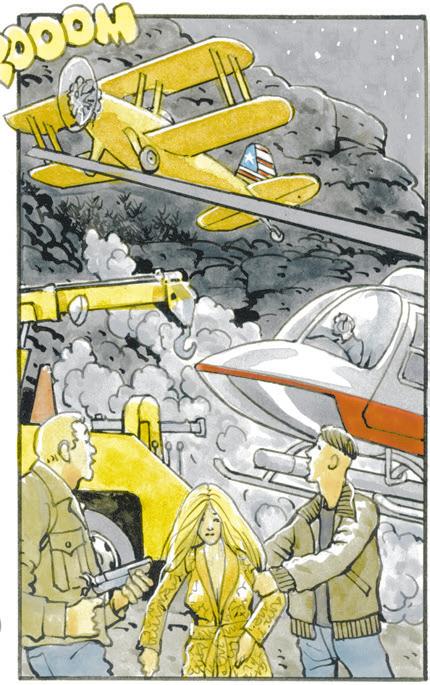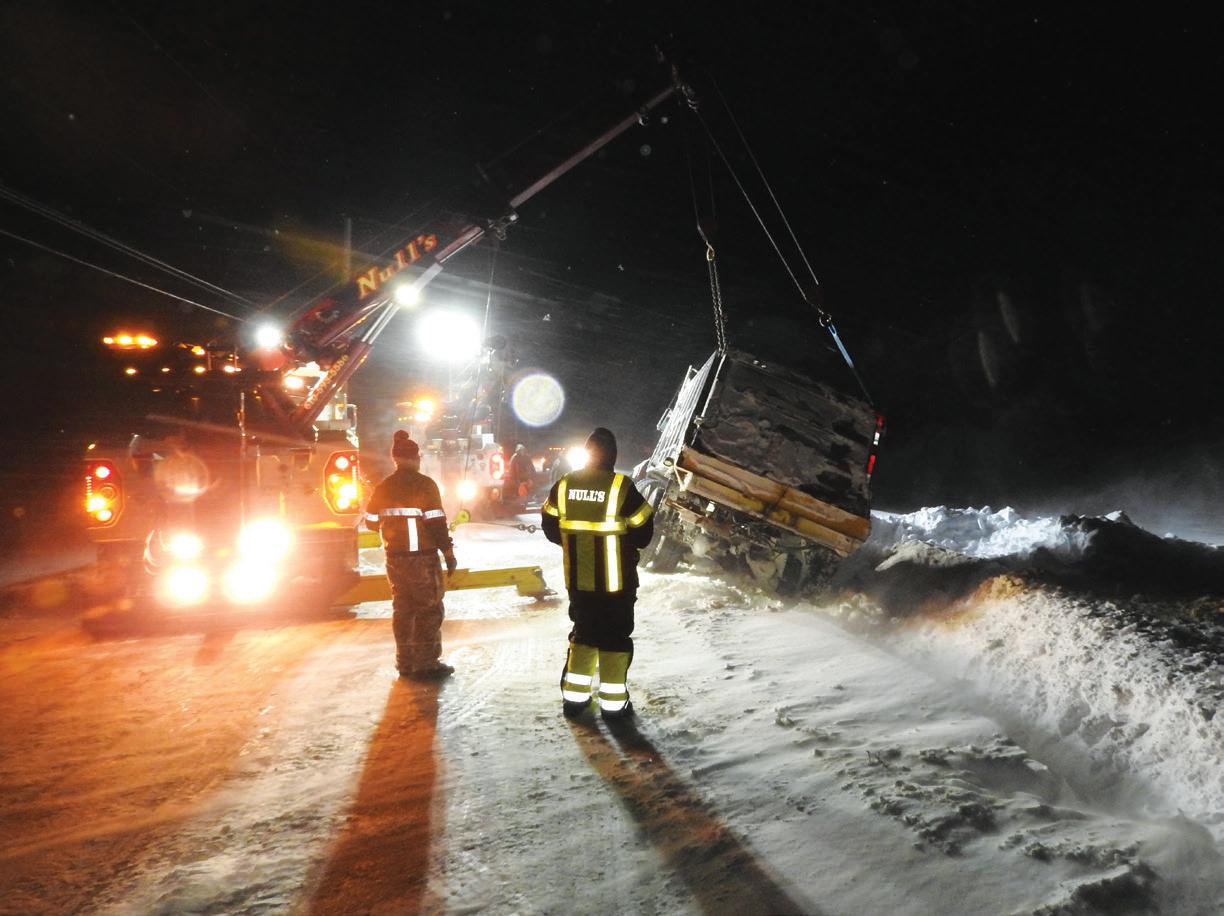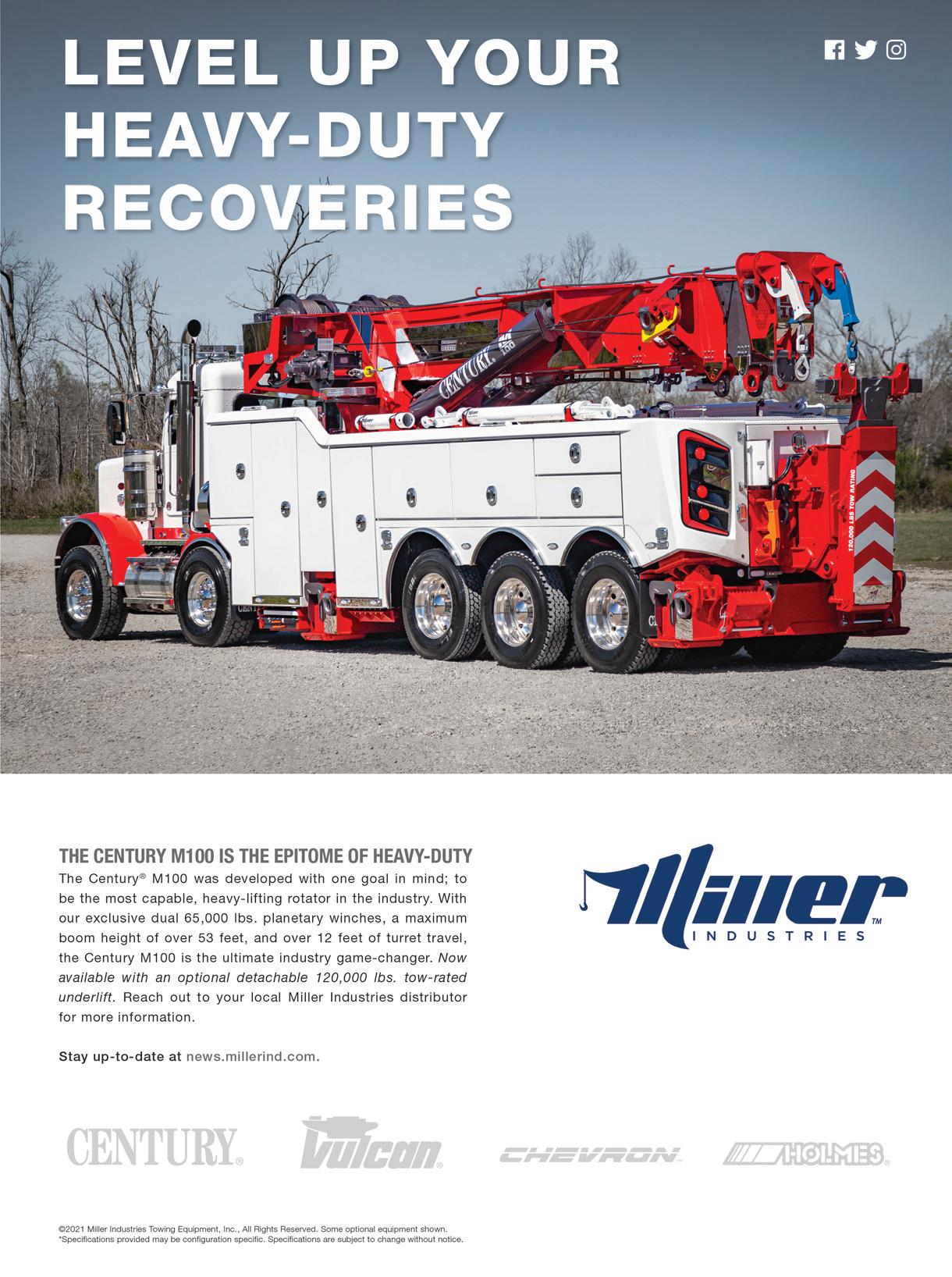Tow Safety
Being Seen on Scene, The Basics of Good Lighting By Brian J Riker
Brian J. Riker is a third-generation towman, with 26 years of experience in the ditch as a tow operator, and president of Fleet Compliance Solutions. He specializes in helping navigate the complex world of federal and state transportation regulatory compliance. He can be reached at brian.riker@fleetcompliancesolutions.net
W
orking alongside the highway during daylight with good visibility is dangerous enough. Add in the darkness of night or inclement weather and the danger increases many times over. Proper selection and deployment of lighting products on your vehicles can help to mitigate some of these risks. There is so much more to lighting a work area than just throwing on some bright lights and calling it good enough. Depending on the task at hand and the duration you expect to be on scene the choice of lighting products will change. For the simplest of tasks basic lighting such as white colored work lights and amber (other colors as permitted by local laws) warning lights are sufficient, provided they are deployed correctly. For
12 • May 2021 | Towman.com
longer duration or more complex events a combination of devices is warranted. Oftentimes I come upon a work zone or emergency response scene and am dismayed by the amount of lighting present and the disarray it has been deployed in. This chaos causes even a seasoned professional, someone that is fully aware of the dangers of approaching a roadside event, to become disoriented and distracted. Less is more. Most emergency response agencies have lighting policies that direct their personnel to only activate the minimum number of lights required to effectively communicate their intention or the hazards present. This means that once the emergency vehicle has come to a stop and is parked along the roadway they reduce their lighting so that lights
◀









